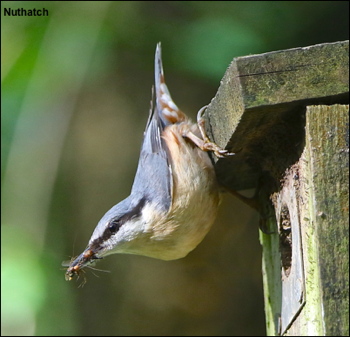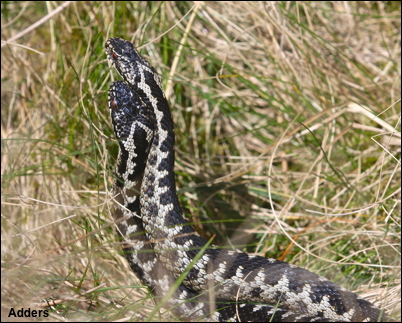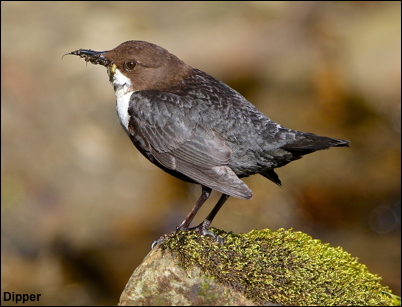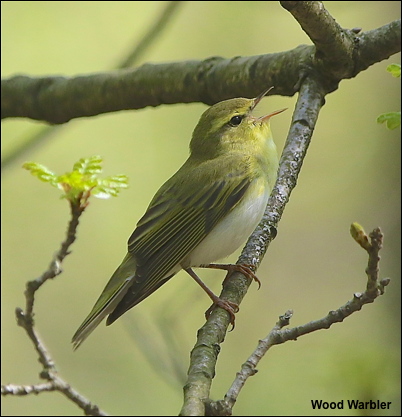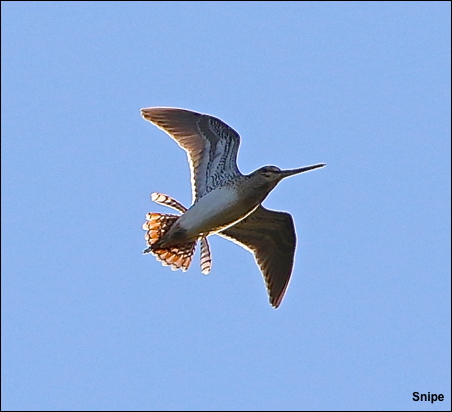The King
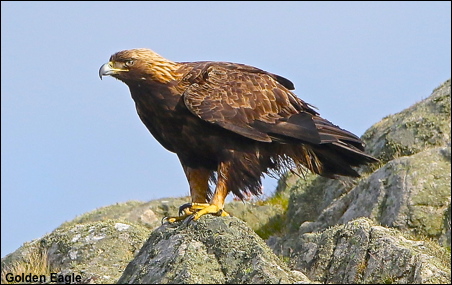
There is little doubt that the king of all Birds of Prey is the Golden Eagle. From a birdwatchers point of view no trip to Scotland is complete without a sighting of “the king”.
In the highlands the diet of the Golden Eagle comprises of mainly Heres and Rabbits but in the Hebrides the Eagles diet is different. In places like Islay some coastal Golden Eagles feed almost exclusively on Fulmars.They hunt them on the sea-cliffs and rely on surprise and speed to capture their prey. This weeks gallery shows a series of photos of one unsuccessful hunt before the Eagle alights on its favourite rock to rest and contemplate its next foray. Click here


